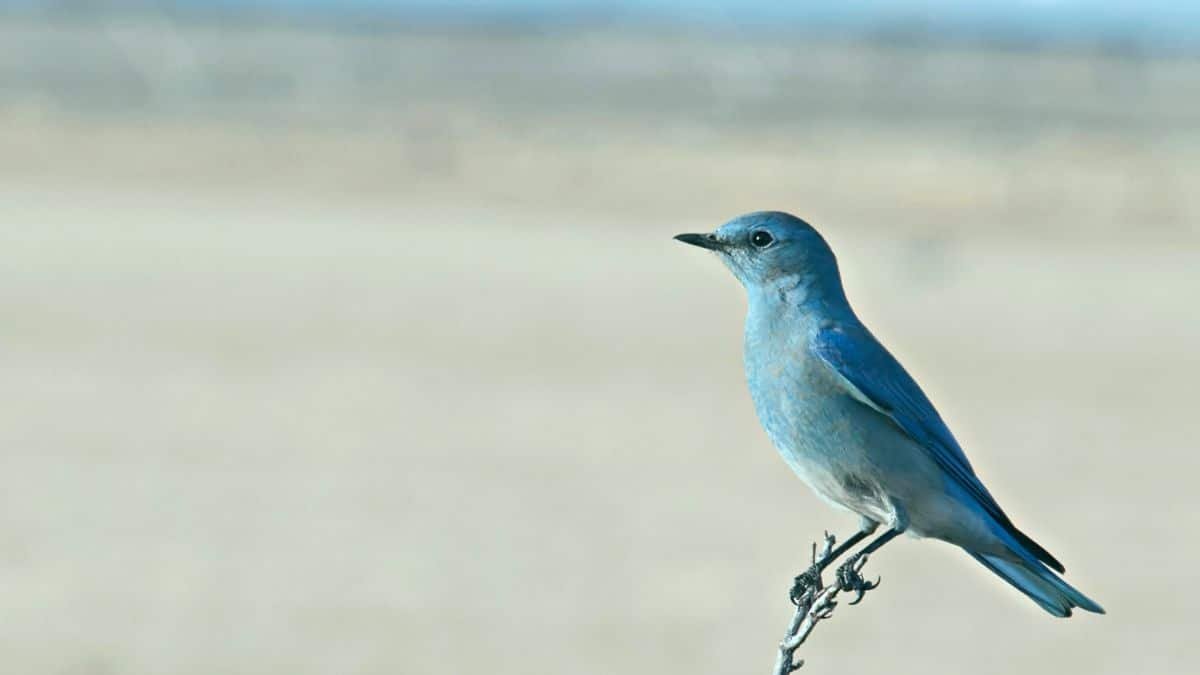Is the Twitter rebrand flying or flailing? The bluebird is the latest casualty of Elon Musk’s series of surprising changes to the “micro-blogging” social media platform Twitter.
Shortly after announcing to his 149+ million Twitter followers that “If a good enough X logo is posted tonight, we’ll make [it] go live worldwide tomorrow”, the new X logo was projected onto the company’s headquarters in San Francisco.
The Twitter to X update has since attracted an avalanche of memes and mockery. The death of the bluebird and the rebirth of X has drawn immediate comparisons to adult sites using similar logos.
Is a case of the X a stroke of genius? Or more sensationalism than substance? Let’s take a look at the backstory to better understand the rebrand.
Why X Marks the Spot
The “X” is said to be a representation of Musk’s desire to turn the social media platform into “X, the everything app”.
Rather than simply using the platform for “tweeting” (or maybe now “X-ing” if that didn’t sound so ridiculous?), Musk plans to support a much broader range of social updates, audio, video, messaging, payments and banking, and more.
Musk tweeted on July 24, “The Twitter name made sense when it was just 140 character messages going back and forth – like birds tweeting – but now you can post almost anything, including several hours of video.
“In the months to come, we will add comprehensive communications and the ability to conduct your entire financial world. The Twitter name does not make sense in that context, so we must bid adieu to the bird.”
More on Elon’s History X
Musk originally co-founded the company X.com in 1999, a full-service online bank. Musk commented in a 1999 interview with CBS MarketWatch, “I think we’re at the third stage now where people are ready to use the Internet as their main financial repository.”
The company merged with its competitor Confinity in March 2000, retaining the X.com name as the newly-formed entity. Confinity was the Silicon Valley software company behind the now globally recognisable product, PayPal.
Musk planned to expand the company’s ambitions and push the X brand more prominently, aiming to completely phase out the PayPal name. However, consumer focus groups disliked the name X, which was perceived as vague and reminded those consumers of pornography. On the other hand, PayPal had significant brand equity, viewed as a trusted name that helped consumers get paid.
After a corporate restructuring involving the removal of Musk from the company, the merged X.com and Confinity company changed its name to PayPal Inc. eBay subsequently acquired PayPal in 2002 for US$1.5 billion.
An X-Citing Future Ahead?
The long game for X is to become a super-app. As X CEO Linda Yaccarino noted, “Powered by AI, X will connect us all in ways we’re just beginning to imagine”. In a message to staff explaining the name change in more detail, Yaccarino said, “Our usage is at an all time high and we’ll continue to delight our entire community with new experiences in audio, video, messaging, payments, banking – creating a global marketplace for ideas, goods, services, and opportunities.”
This plan is an obvious continuation of Musk’s original vision from 1999 to create a global financial platform while pushing the idea further into the future as a “super app” to encompass everything consumers do digitally.
The idea of a super app isn’t new. Tencent’s WeChat began in 2011 as a messaging and photo-sharing app, evolving into a super app that includes payments, shopping, games, social networking, bookings, and more. WeChat, also known as Weixin in China, has over 1.3 billion users as of Q1 2023, according to Statista. Is Musk now scrambling to catch up to the app’s incredible rise to success as an all-encompassing ecosystem? Or is he simply planning to replicate and release the WeChat of the West?
Will the Rebrand Bring the X-Factor?
Comparisons between Musk’s attempt in 2000 to change PayPal to X and the rebranding of Twitter to X are unavoidable. Will his latest attention-grabbing change to a divisive brand name be more successful than in 2000?
Whether you like or loathe the billionaire business magnate, Musk certainly knows how to command attention. The fact that a logo has made global news headlines before, during, and after the rebrand shows it may have seen the worst rebranding backlash but the best media coverage ever.
What happens next will be fascinating to watch. Will a case of the X bring about the future of how Western consumers bank, pay, connect and interact with each other? Will the rebrand’s short-term hype be grander than its users’ sustained interest in the platform? Only time will tell.
